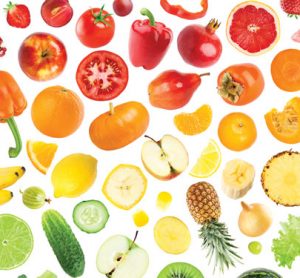Infant Nutrition: The first 1000 days and the long-term impact on health
22 February 2016 | By Rosie Long, Nutrition Graduate, Nestlé UK
It has been recognised by health experts, that the first 1000 days – from conception to a child’s second birthday – is a critical window of opportunity to influence the future health outcomes1 . This critical period is the most influential time in a young child’s life, their behaviours and…




























